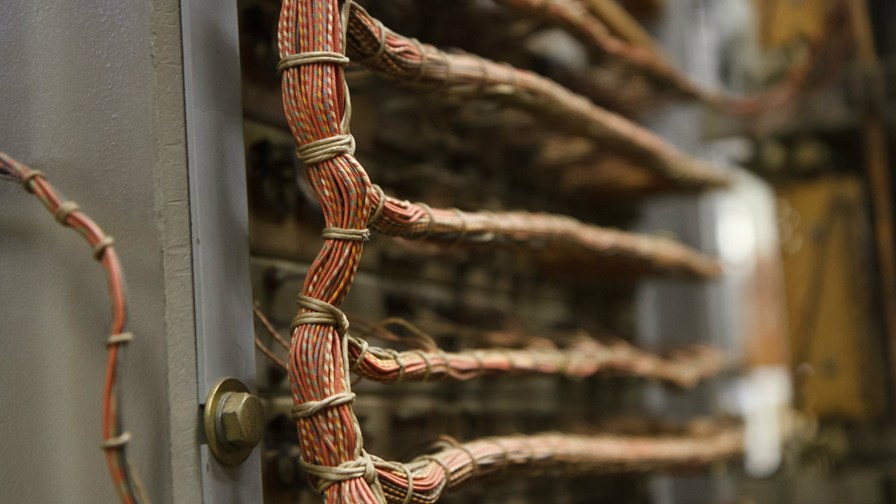
via Flickr © Cargo Cult (CC BY 2.0)
- The future won’t ‘just’ be 5G.
- There are other network technologies out there that can be brought together to form resilient turnkey solutions
- Sprint claims a new approach that represents a ‘fresh look’ for its wireline portfolio
Long serving technology people will remember a computer innovation called RAID (Redundant Array of Inexpensive Disks). RAID was a big deal back when storage was eye wateringly expensive and (being mechanical) was prone to breakdown. The technique worked on the ‘x plus 1’ principle which enabled error correction such that any one catastrophic disk failure on an inexpensive disk array could be overcome and the data restored.
Over the years I’ve been reminded of this approach when something like it is applied to networks - especially virtualised ones where the risk of failure by any one workload at any layer is made acceptable by that workload being able to be recovered elsewhere, thus gifting the overall system with the five nines or more reliability the individual components don’t possess.
The upshot is that technologies that are deemed unfit for ‘serious’ networked applications on their own can be brought in from the cold by making them work with others.
Variations on this approach can be applied to the heterogeneous networks we now appear to be constructing, so that different types and grades of wide area network can be made to work together to back each other up for access to cloud applications, for instance.
Just such a scheme was announced by Sprint this week at CES 2020 in Las Vegas. Sprint is calling it the ‘Certainty’ network design model and says it represents “a fresh look for its long-standing, award-winning wireline solutions portfolio.”
Striped of the hyperbole, the new approach addresses what Sprint describes as the “ever-changing demands of dynamic digital businesses.” To meet them it proposes combining enough multi-layer network diversity to justify a 100 per cent availability service level agreement (SLA) by taking the best network access types for a customer situation married to a wireline backbone design that ensures high performance by avoiding congestion. It means the carrier can offer ‘class of service’ at no extra charge - essentially Sprint says it’s able to bridge diverse, heterogeneous networks – wireline, wireless, broadband, microwave or satellite – and turn them into a single-sourced, turnkey solution.
Email Newsletters
Sign up to receive TelecomTV's top news and videos, plus exclusive subscriber-only content direct to your inbox.




